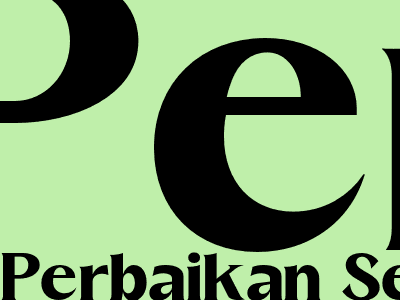SEO for Beginner Bloggers: A Comprehensive Guide to Ranking Higher in Search Results
Introduction
In today's digital landscape, having a strong online presence is crucial for businesses and individuals alike. Search engine optimization (SEO) plays a vital role in driving organic traffic to your website or blog, making it essential for anyone looking to increase their visibility and reach a wider audience.
For beginner bloggers, understanding the basics of SEO can be overwhelming. This comprehensive guide will provide you with a step-by-step approach to optimizing your blog for search engines, helping you rank higher in search results and attract more readers.
Understanding SEO
What is SEO?
SEO is the process of improving the visibility and ranking of a website or web page in search engine results pages (SERPs). By optimizing your content, structure, and technical aspects, you can make your blog more appealing to search engines and increase your chances of appearing on the first page of results.
Why is SEO Important?
SEO is crucial for several reasons:
- Increased Organic Traffic: SEO helps you attract potential readers who are actively searching for information related to your blog's topic.
- Improved Brand Visibility: Ranking higher in search results increases your blog's visibility and establishes your brand as an authority in your niche.
- Enhanced User Experience: SEO techniques often involve improving the user experience of your blog, making it easier for visitors to find the information they need.
On-Page SEO
Keyword Research
Keyword research is the foundation of SEO. Identifying relevant keywords that your target audience is searching for will help you optimize your content and attract the right visitors. Use tools like Google Keyword Planner to find keywords with high search volume and low competition.
Content Optimization
Your blog's content should be high-quality, informative, and relevant to your target audience. Incorporate your keywords naturally throughout your content, including in headings, subheadings, and body text. Additionally, use bullet points, lists, and images to improve readability and break up long blocks of text.
Header Tags
Header tags (H1, H2, H3, etc.) provide structure to your content and help search engines understand the hierarchy of your page. Use H1 for the main heading of your blog post, and use subsequent header tags for subheadings and sections.
Image Optimization
Including images in your blog posts can enhance user engagement and make your content more visually appealing. Optimize your images by using descriptive file names and alt text that includes relevant keywords. This helps search engines understand the content of your images and improves your ranking for image search.
Internal Linking
Internal linking refers to linking to other pages within your blog. This helps distribute authority throughout your website and makes it easier for users to navigate your content. Use anchor text that includes relevant keywords to further optimize your internal linking.
Off-Page SEO
Backlinks
Backlinks are links from other websites that point to your blog. Acquiring high-quality backlinks from reputable websites is a powerful ranking factor. Reach out to other bloggers and websites in your niche, and offer to write guest posts or collaborate on content that could attract backlinks to your blog.
Social Media Engagement
Social media presence can indirectly impact your SEO. Share your blog posts on social media platforms, engage with your followers, and participate in relevant discussions. This can help increase brand awareness, attract visitors to your blog, and potentially earn backlinks.
Local SEO
If your blog is targeting local customers, local SEO is crucial. Create a Google My Business listing, optimize your website for local keywords, and encourage customers to leave reviews. This can help your blog rank higher in local search results.
Technical SEO
Website Speed
Page speed is a crucial factor in SEO. Slow-loading websites can hurt your rankings and user experience. Use tools like Google PageSpeed Insights to analyze your website's speed and identify areas for improvement.
Mobile Optimization
With the increasing use of mobile devices, it's essential to ensure your blog is mobile-friendly. Use a responsive design that adapts to different screen sizes, and avoid using excessive images or videos that could slow down loading times on mobile devices.
Security
A secure website is essential for both SEO and user trust. Obtain an SSL certificate to encrypt data transmitted between your website and visitors. This ensures the security of sensitive information and improves your website's credibility.
Conclusion
Optimizing your blog for SEO is an ongoing process that requires patience and consistent effort. By following these principles, you can significantly improve your blog's ranking in search results, attract more organic traffic, and establish yourself as an authority in your niche.

Comments